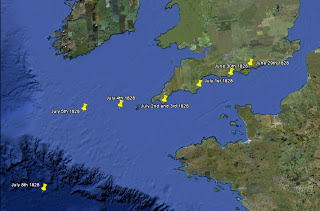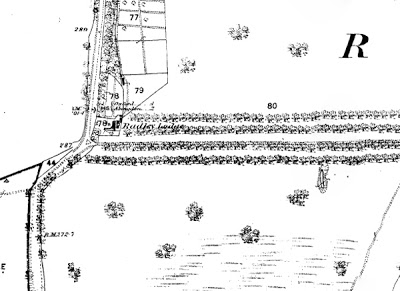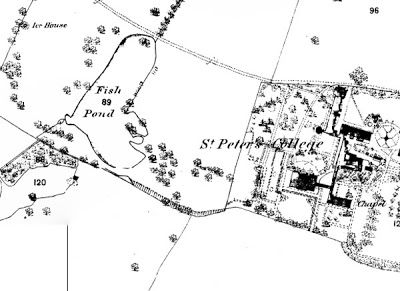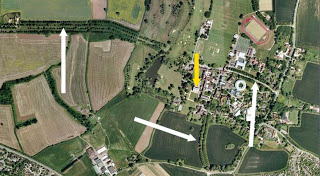Following his conviction at the Berkshire Assizes on 15th April 1828, Stephen Hedges was sent to Portsmouth to serve time before his transportation on the prison hulk, York, pictured below.
This HMS York was the eighth ship to bear the name, and was a 74-gun third rate of 1,743 tons. Launched in 1807, she was posted to the West Indies where she was involved in the bold capture of the island stronghold of Martinique. She continued the war in the Mediterranean Squadron off Toulon and in 1819, returned to Portsmouth to serve as a prison hulk. She was broken up in 1854.
Having researched Hulks, I found the following on the Southern Life website:
“Embarking on board the hulks was a very demoralising affair; the convicts had to climb labourously up with their irons still on, stripped of their clothes, had buckets of cold water thrown over them; were issued with slops, saw their own clothes thrown overboard; were re-chained and then sent down into the lowest deck of the hulk – the darkest and most foul-smelling part of the ship.”
There’s something horribly poetic in the action of throwing the clothes overboard. Roland Barthes, in his book Camera Lucida, said that clothes made a second grave for the loved being. In this case, we could say the grave was that of a drowned man; one made before the man had actually died. Of course in many ways it really did symbolise their deaths.
For a ship with such an illustrious past, there is something pitiful about her condition in the picture above. De-masted and with her sails removed, she has instead the regulation clothes (?) of the inmates to catch the wind. She is very much the outward appearance of those locked away out of view.















